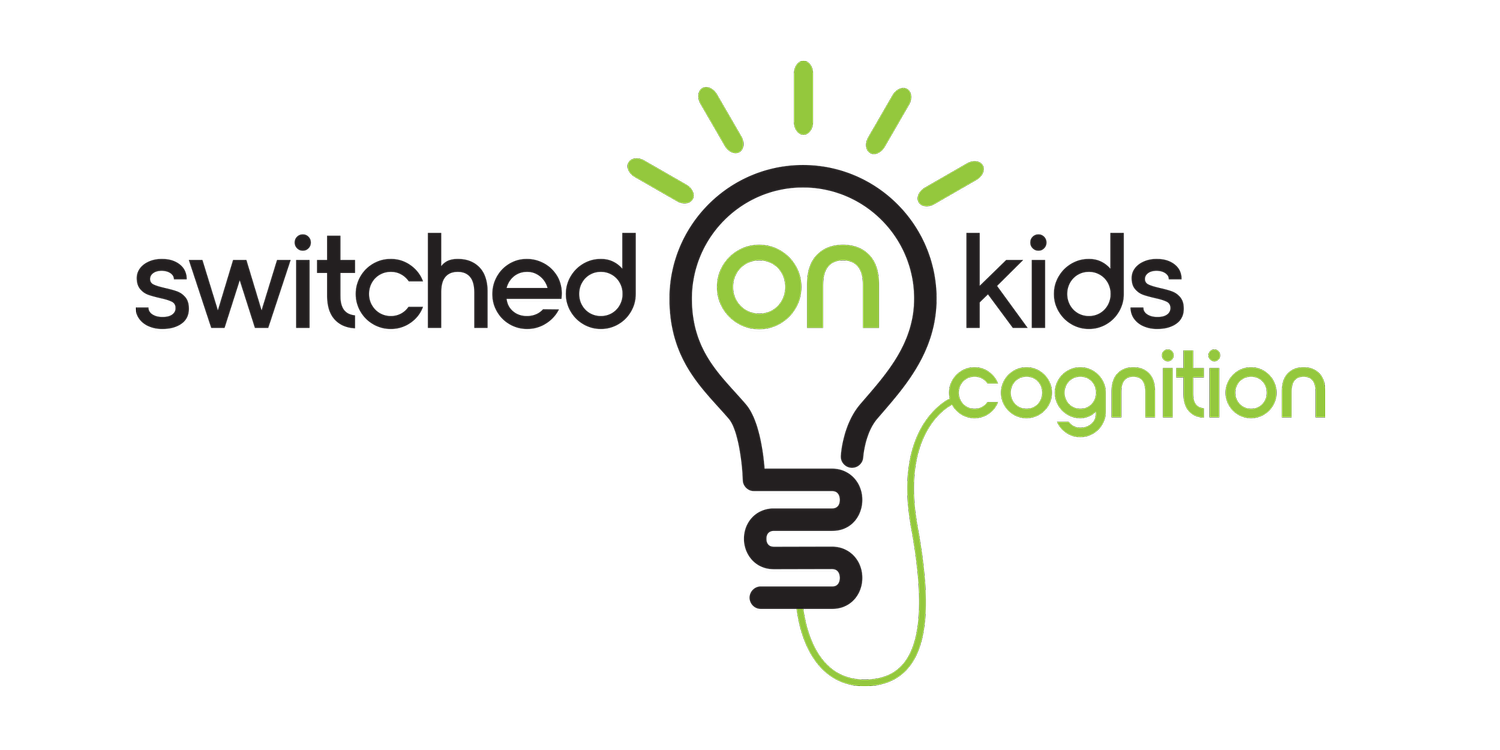The senses
Synaesthesia - a mixing of the senses!
I want to jump back into the past and re-visit the (very) old days when I was an academic. After completing my PhD research (Auckland, NZ) on interhemispheric transfer in schizophrenia (it’s a pretty light read ha) I moved to Dublin (Ireland) to do a postdoc on a (relatively) rare sensory-perceptual condition called synaesthesia.
Synaesthesia is a neurological phenomenon in which stimulation of one sensory or cognitive pathway leads to experiences in a second, unrelated pathway. In other words, the senses are “blended” or “cross-wired”, causing individuals to perceive sensory stimuli in a way that is atypical or different.
For example, a person with synaesthesia may see colours when hearing music, associate specific colours with letters of the alphabet or days of the week, or associate specific tastes with certain letters, numbers or words. These experiences, known as synesthetic associations (or perceptions) are involuntary and consistent. For example, if “A” is experienced as “glittery lime green”, it will remain that colour throughout a person’s life. Synaesthetic experiences are not unpleasant. Most synaesthetes are surprised that others do not share the same experiences.
The most common forms of synaesthesia are:
Letter-colour – letters or numbers are associated with specific colours.
Music-colour – sounds or music are experienced in vivid colour.
Lexical-gustatory – words or sounds trigger specific tastes or flavours.
Spatial sequence - numbers, days of the week, or months of the year are perceived as occupying specific spatial locations.
Our research at Trinity College explored the genetic and neurodevelopmental factors associated with synaesthesia. Synaesthesia is neurodevelopmental and occurs in between 1-4% of the population. Synaesthesia is believed to arise from an increase in connectivity between brain regions responsible for different senses or cognitive processes. Note, in the visual cortex (occipital lobe, back of the brain) – the cortical regions that process letters of the alphabet and colour are only a few millimetres away from each other anatomically.
When I interviewed synaesthetes they never reported simple colour associations such as “A is red” or “B is blue”. Rather they would report, for example – “A is bright red, like a fire engine, but with a shimmery silver tint”, “B is light blue with subtle flickers of grey throughout”. Getting through the alphabet took a long time! The way to “confirm” synaesthesia was to call the same people (without warning) some months later and ask them to confirm the colour associations. The specific, detailed recall was remarkable – the associations were stable over time and did not change.
Our research found early sensory differences in the visual evoked potential (VEP) of synesthetes (Barnett et al.,2008a). This research was the first to find that synaesthesia was associated with early sensory differences in the visual cortex. These processing differences occur within milliseconds – not seconds. This means that synaesthetic associations are automatic and not under conscious control.
Recent research finds that synaesthetes have better long-term memories for episodic events. The largest effects were seen for episodic memory for abstract images The effects on working memory (short-term memory) were not as pronounced, however, synaesthetes still performed better than controls. To date, synaesthesia is the only known neurodevelopmental condition that is associated with a “pervasive enhancement of long-term memory” (although there is some interesting research in this area suggesting similar in autism). Many synaesthetes report better memory due to an enhanced ability to store memory experiences in vivid colour or pattern form (Ward et al., 2019).
Synaesthesia is neurodevelopmental and our research found that synaesthesia was highly heritable (just like other neurodivergent conditions) with 42% of synaesthetes reporting that they had a first-degree relative with synaesthesia (Barnett et al., 2008b). Similarly, autism, ADHD and OCD are also neurodevelopmental and highly heritable within families. Why is this relevant to neurodevelopmental differences seen in autism, ADHD, OCD you might ask? In my experience, kids with ADHD, autism, anxiety, OCD etc nearly always have sensory processing differences. Many are highly sensitive and may have a co-occurring diagnosis of sensory processing disorder. This diagnosis may be given by an OT before a formal DSM-5-TR diagnosis of autism or ADHD is given by a paediatrician/psychologist.
Several studies have found that synaesthesia is more common in people with autism (Baron-Cohen et al., 2013, Hughes et al., 2017, Neufield et al. 2013, Carmichael et al., 2019). It is thought that this is due to subtle differences in brain regions associated with sensory sensitivity and perception. Both synaesthesia and autism are associated with a bias towards details in perception and both groups have a chance of developing heightened cognitive abilities such as memory. It is believed that synaesthesia and autism may share similar genetic/biological mechanisms.
Synaesthesia and autism co-occur within families. Individuals who experience three or more types of synaesthesia are more likely to have relatives with synaesthesia and to report that they have autism or a family member with autism. This suggests a shared genetic predisposition and an association between synaesthesia and neurodiversity (Nugent & Ward, 2022). In terms of sensory perceptual differences, it is well-known that autism and other neurodevelopmental conditions are associated with a range of hyper- and hypo-sensitivities, including touch, texture, bright lights, flavours, smells and sounds.
Neurodivergent children (and adults) have super-sensitive nervous systems. They may have exquisitely fine-tuned hearing and be able to pick out specific musical notes or songs, or they may find that their hearing is oversensitive, and the world is too noisy and overwhelming. Sensations of touch are often experienced differently with some people craving deep-pressure touch and tactile input while others find certain touch experiences irritating (e.g., tags on shirts and seams in socks). Noisy, overcrowded visual environments can lead to overwhelm. Flavours can be too intense or too bland. Often, feelings of anxiety or fear are felt intensely throughout the body.
Synaesthesia enables us to understand the rich variation that exists in the spectrum of human sensory experiences. All brains think and perceive differently. Some of these perceptual differences are subtle while others may be more obvious. These experiences are not always negative and can lead to passion and great interest. Nurtured in the right way we can use these experiences to guide visual imagery, imagination and memory.
Synaesthetic experiences are highly personal and subjective, varying between individuals in terms of the specific associations and intensity of the sensations. It is not considered a disorder or a medical condition. Most people with synaesthesia consider it to be a positive and enriching aspect of their lives.
Parents and caregivers – I challenge you to ask your children if they have these experiences. I remember telling people about my research and getting the response “what doesn’t everybody do that?” Report back please!
To learn more about my 1:1 sessions please see COUNSELLING.
And … if you want ALL of the tools to help your child with executive functions skills and emotion regulation - I have a VERY reasonably priced short course that includes all of the information you need here Executive Functions Course
References
Barnett, K.J. et al. (2008a). Differences in early sensory-perceptual processing in synaesthesia: a visual evoked potential study. Neuroimage, 43(3), 605-13.
Barnett, K.J. et al. (2008b). Familial patterns and the origins of individual differences in synaesthesia. Cognition, 106(2), 871-93.
Baron-Cohen, S., et al. (2013). Is synaesthesia more common in autism? Molecular Autism, 4(1), 40.
Carmichael, D. A. et al. (2019). Is there a burden attached to synaesthesia? Health screening of synaesthetes in the general population. British Journal of Psychology, 110(0), 530–548.
Hughes, J. E. A. et al. (2017). Is synaesthesia more prevalent in autism spectrum conditions? Only where there is prodigious talent. Multisensory Research, 30(3–5), 391–408.
Nugent, M. & Ward, J. (2022). Familial aggregation of synaesthesia with autism (but not schizophrenia). Cognitive Neuropsychiatry, 27(5), 373-391.
Neufeld, J. et al. (2013). Is synaesthesia more common in patients with Asperger syndrome? Frontiers in Human Neuroscience, 7.
Van Leeuwen, T.M. et al., 2020. Synaesthesia and autism: Different developmental outcomes from overlapping mechanisms? Cognitive Neuropsychology, 433-449.
Ward, J. et al. (2019). A meta-analysis of memory ability in syneasthesia. Memory, (9):1299-1312.


